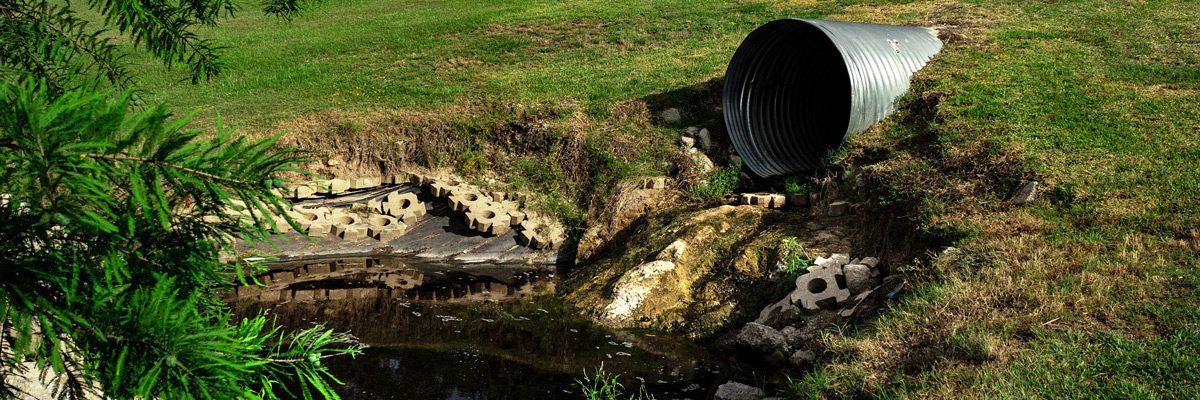As this article makes clear, we need dams. In my mind they are a trade off we can live with, and the excuse that it is just unprofitable to repair them is disgusting. Still, there are environmentalists who disagree.
http://www.newyorker.com/tech/elements/one-of-africas-biggest-dams-is-falling-apart
One of Africa’s Biggest Dams Is Falling Apart
By Jacques Leslie
The new year has not been kind to the hydroelectric-dam industry. On January 11th, the New York Times reported that Mosul Dam, the largest such structure in Iraq, urgently requires maintenance to prevent its collapse, a disaster that could drown as many as five hundred thousand people downstream and leave a million homeless. Four days earlier, the energy minister of Zambia declared that Kariba Dam, which straddles the border between his country and Zimbabwe, holding back the world’s largest reservoir, was in “dire” condition. An unprecedented drought threatens to shut down the dam’s power production, which supplies nearly half the nation’s electricity.
The news comes as more and more of the biggest hydroelectric-dam projects around the world are being cancelled or postponed. In 2014, researchers at Oxford University reviewed the financial performance of two hundred and forty-five dams and concluded that the “construction costs of large dams are too high to yield a positive return.” Other forms of energy generation—wind, solar, and miniature hydropower units that can be installed inside irrigation canals—are becoming competitive, and they cause far less social and environmental damage. And dams are particularly ill-suited to climate change, which simultaneously requires that they be larger (to accommodate the anticipated floods) and smaller (to be cost-effective during the anticipated droughts).
:}
Go there and read. More next week.
:}



